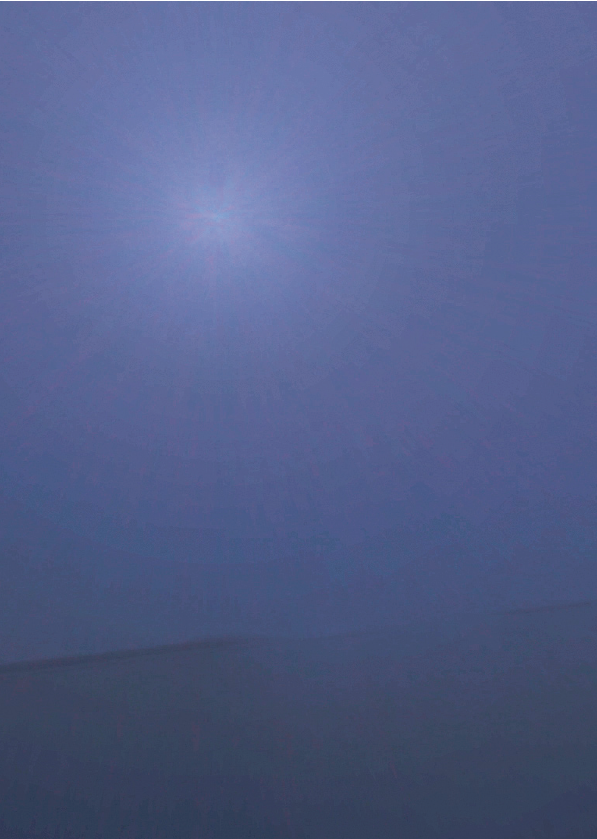[ Desvanecer ] allí y acá latente
[ in a crisis, is there any discovery? ]
Documentary feature film
Synopsis: An Argentine filmmaker records the 2020 pandemic in Madrid during March. Having travelled to submit her short film selected at a Festival, she records the way in which the situation gets worse slowly and gradually, but at the same time rapidly, and consequently the health, economic and social crisis starts to be glimpsed. Shockingthe world and herself, she becomes trapped when the State of Alarm is decreed in Spain. The focus of the trip and of the film itself are distorted when she is repatriated and is once again locked up in her hometown, Buenos Aires, where she fully coexists with the confinement, leaving behind the expectations she had and couldn’t fulfill.
An historical archive documentary for the social imaginary

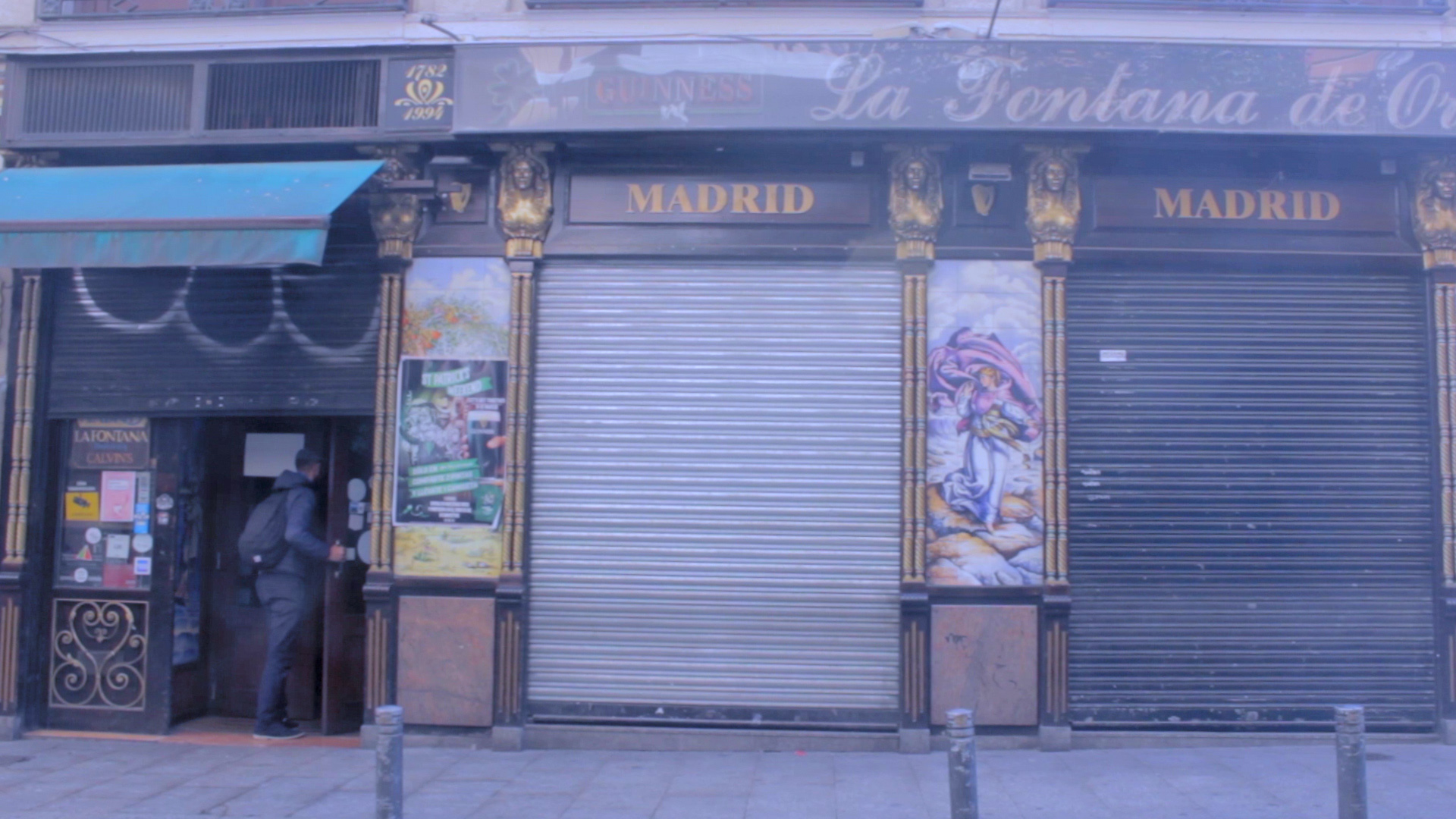
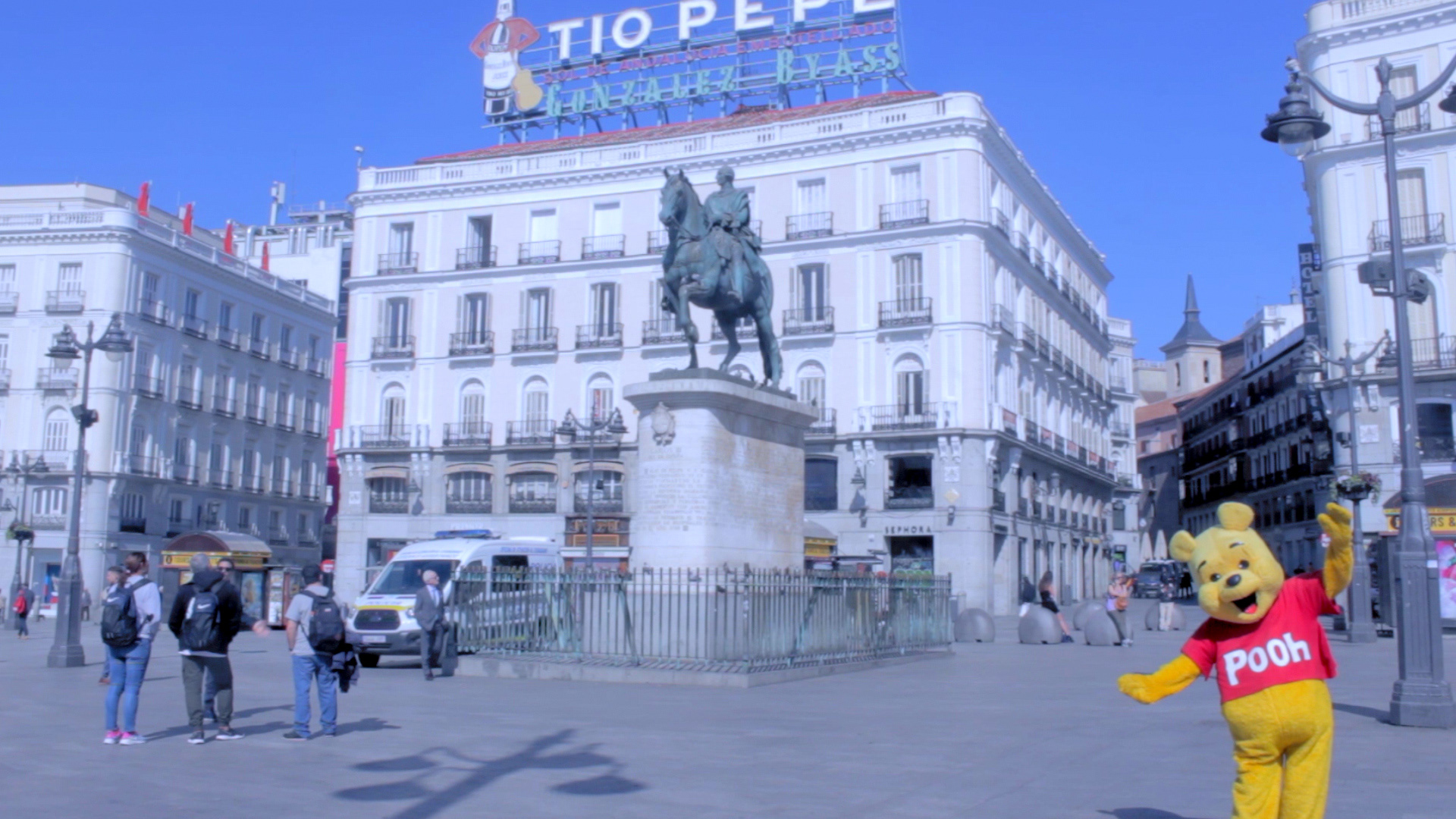


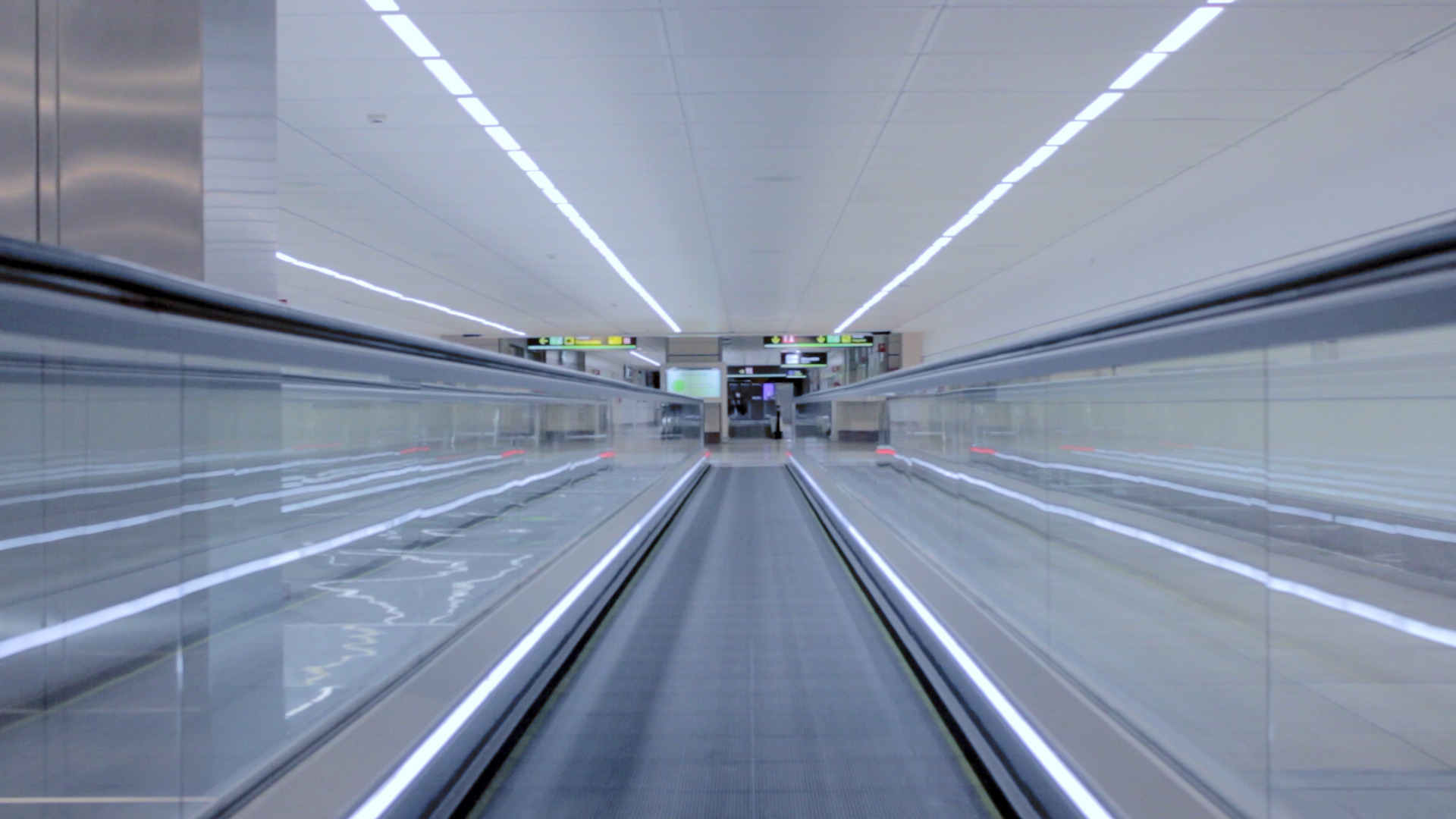
Festivals
1. Festival Lift-Off Global Network
Awards
- Digital Documentary in Post-Production from INCAA (National Institute of Cinema and Audiovisual Arts).
Premiere
Gaumont Cinema (Buenos Aires City, Argentina, July 2024).
It remained in cinemas for two weeks.

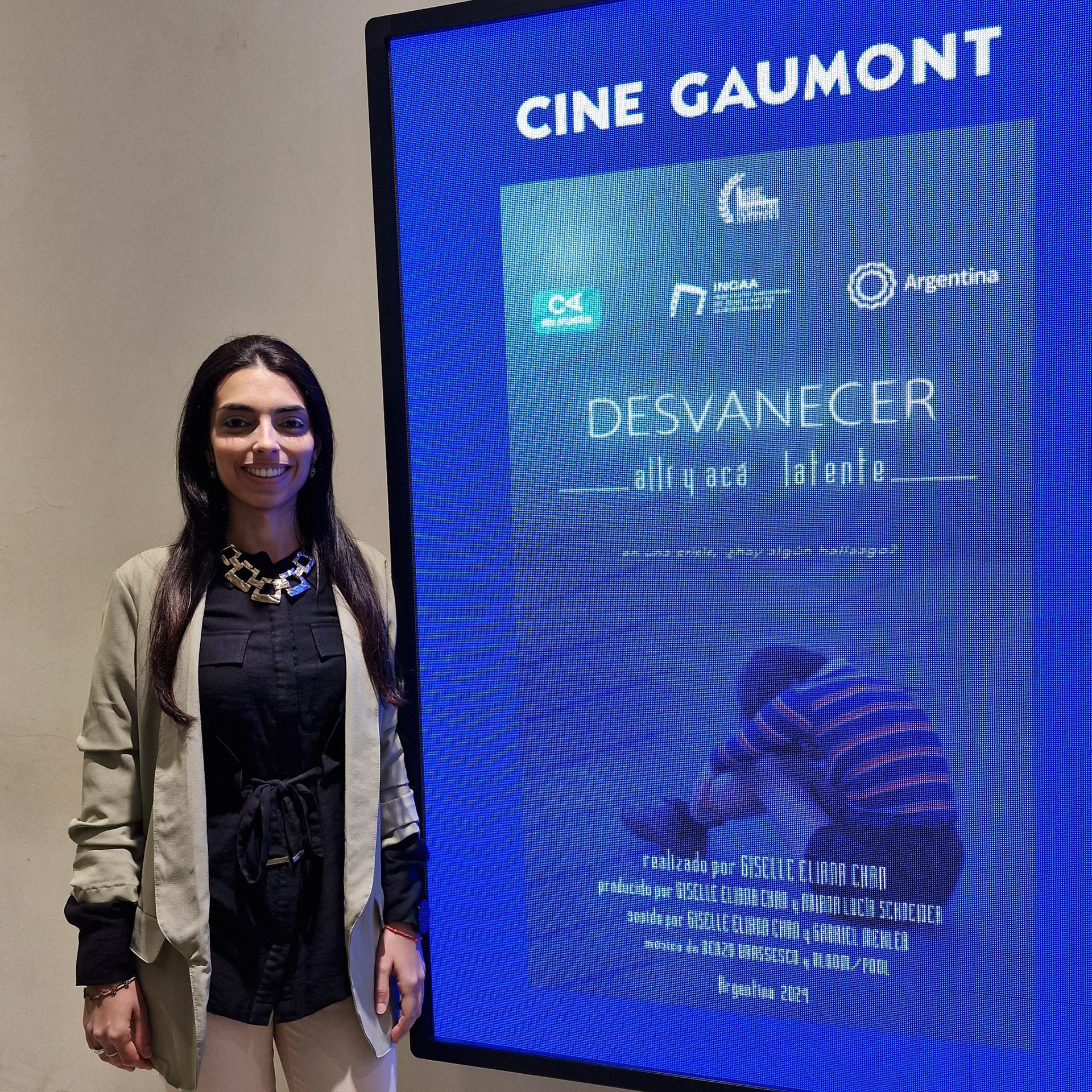
With the support of IN-SONORA Festival, Image and Sound Career from the University of Buenos Aires, the Library of the Goethe-Institute from Buenos Aires, and INCAA (National Institute of Cinema and Audiovisual Arts:
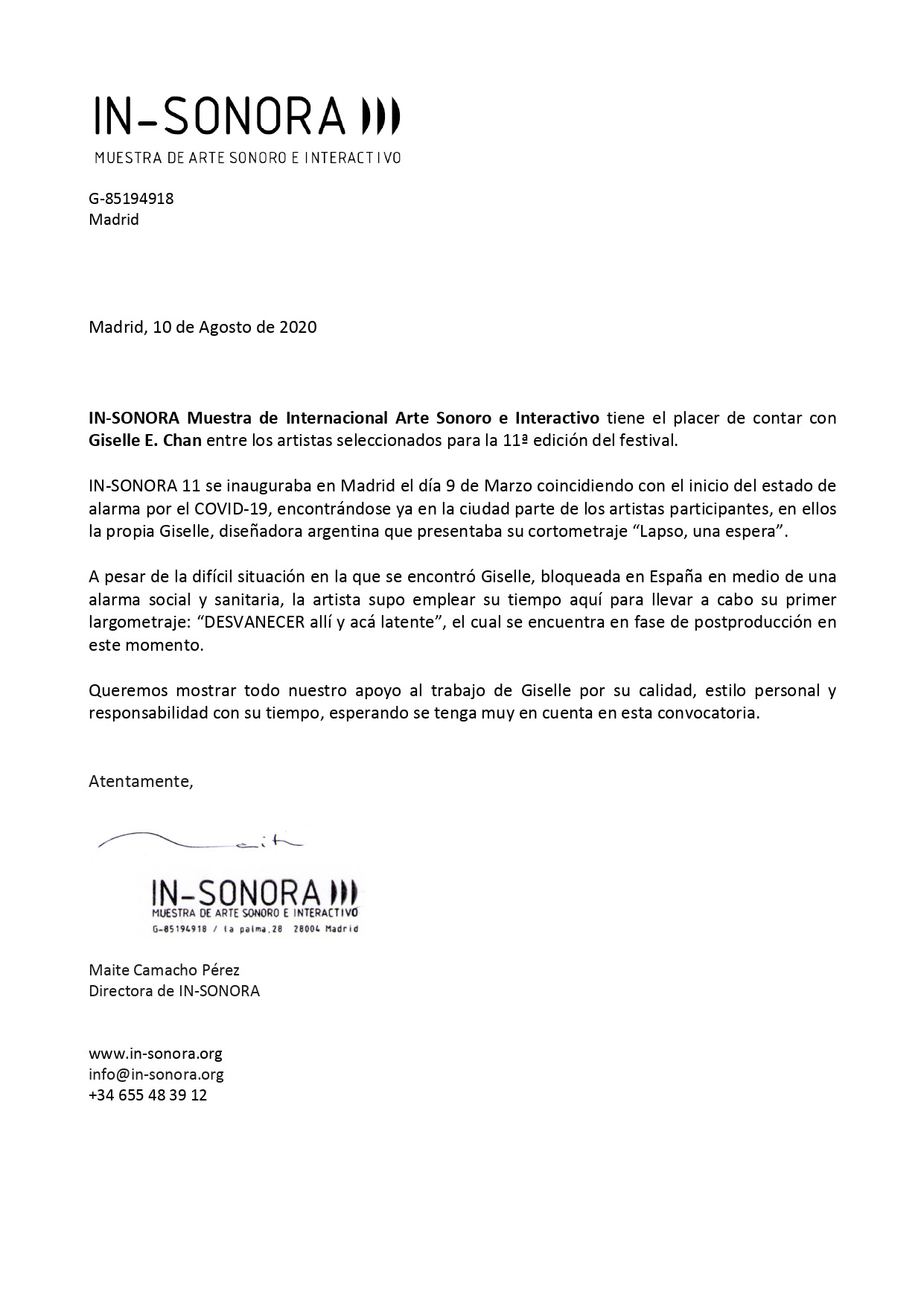

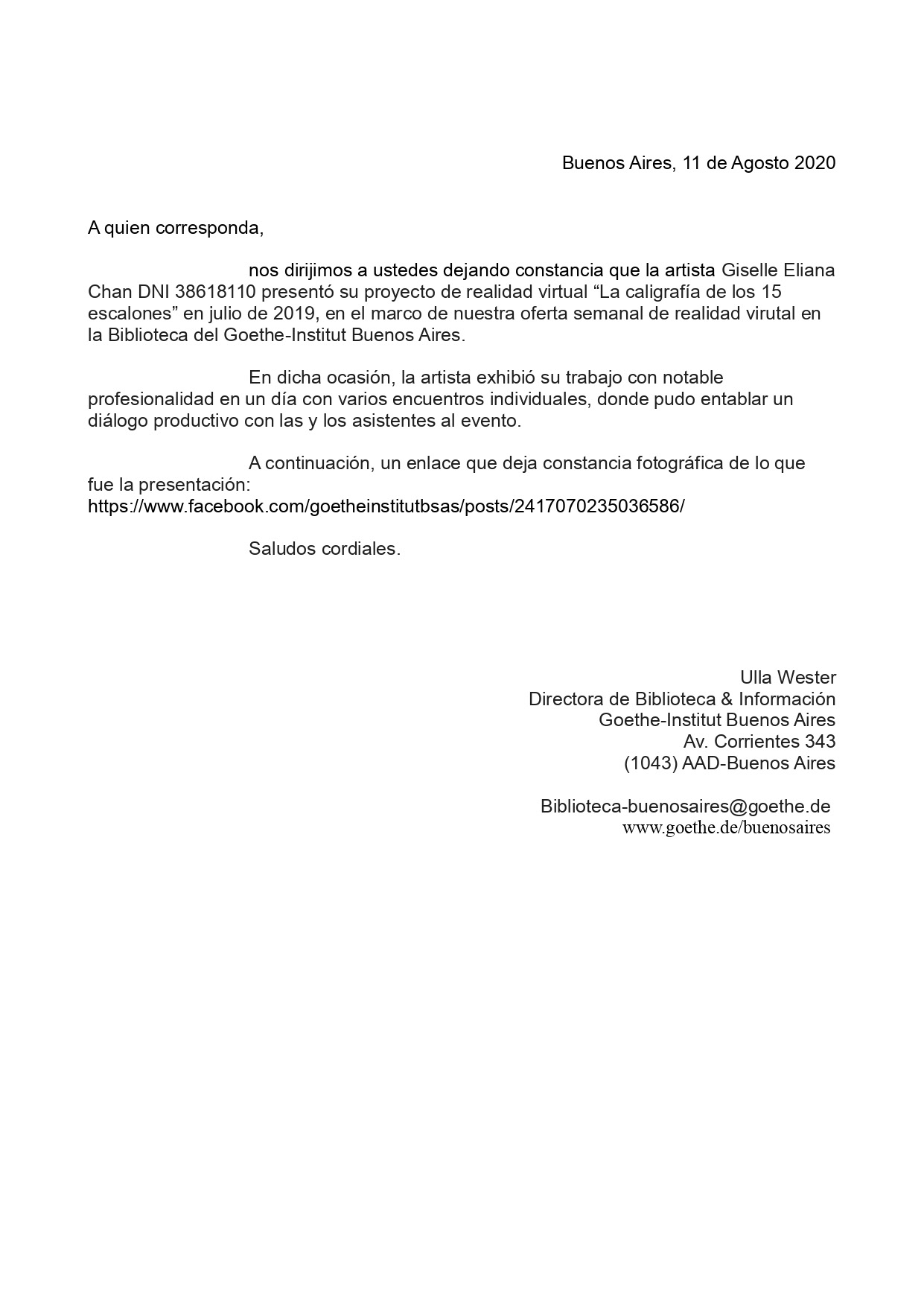
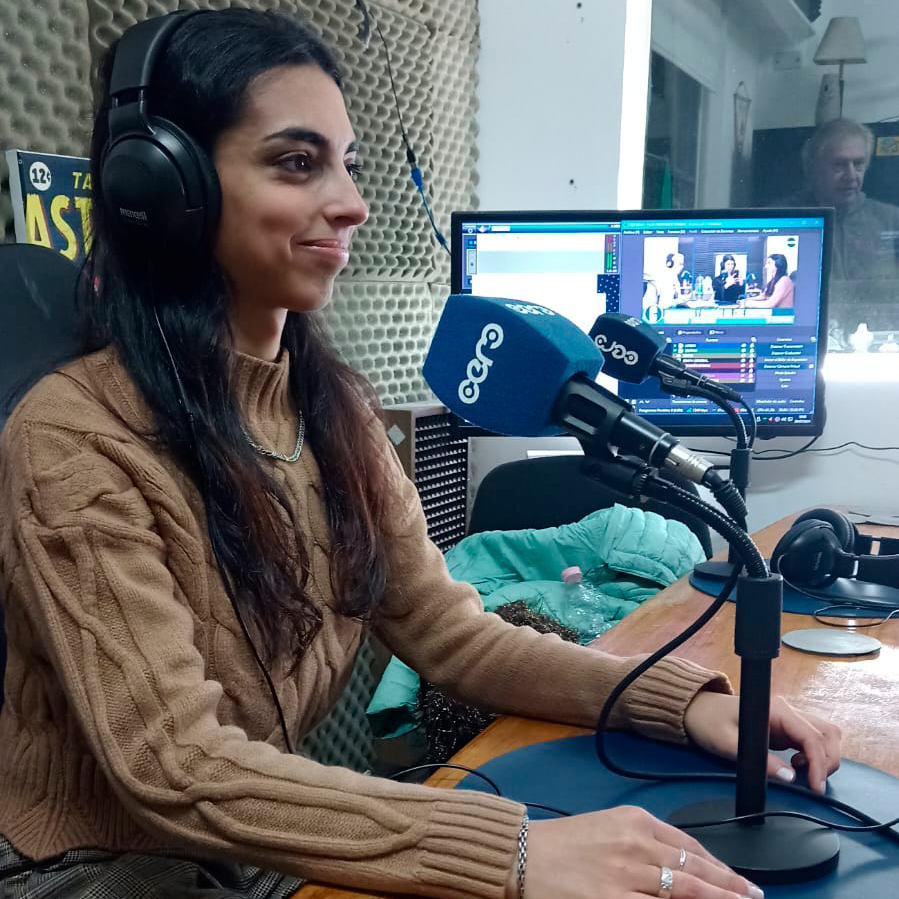

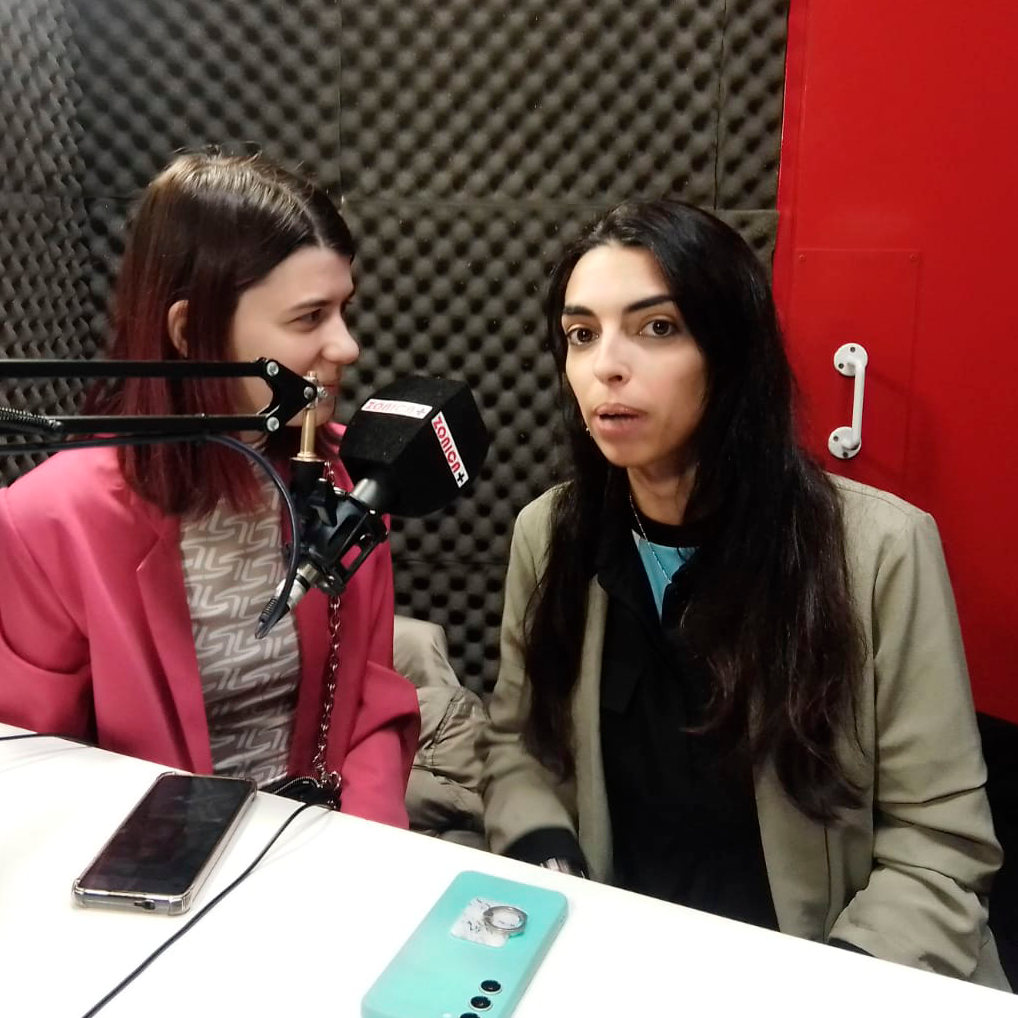
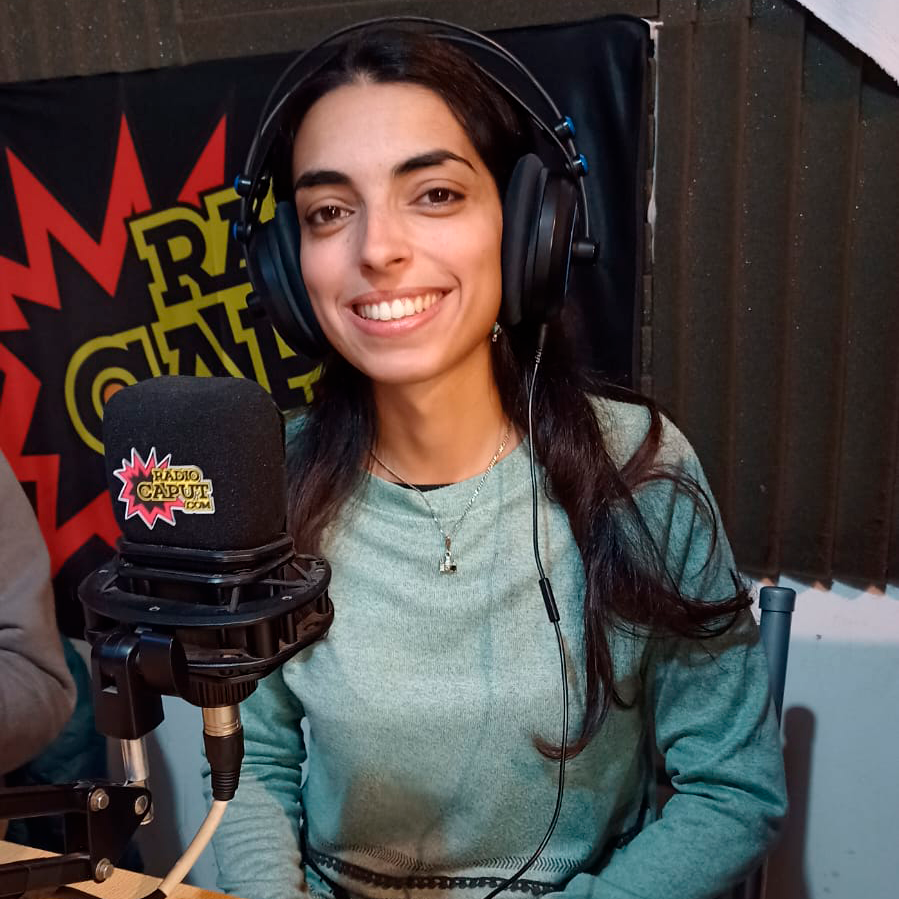
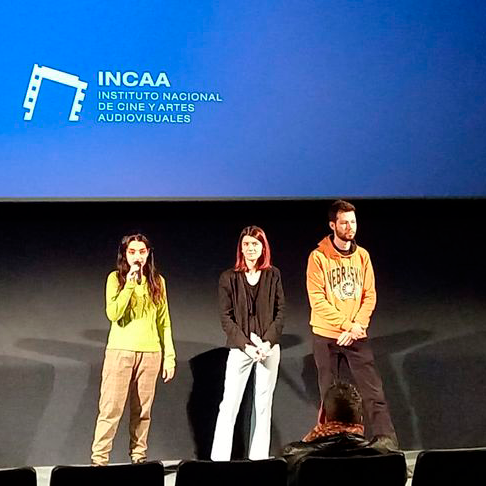

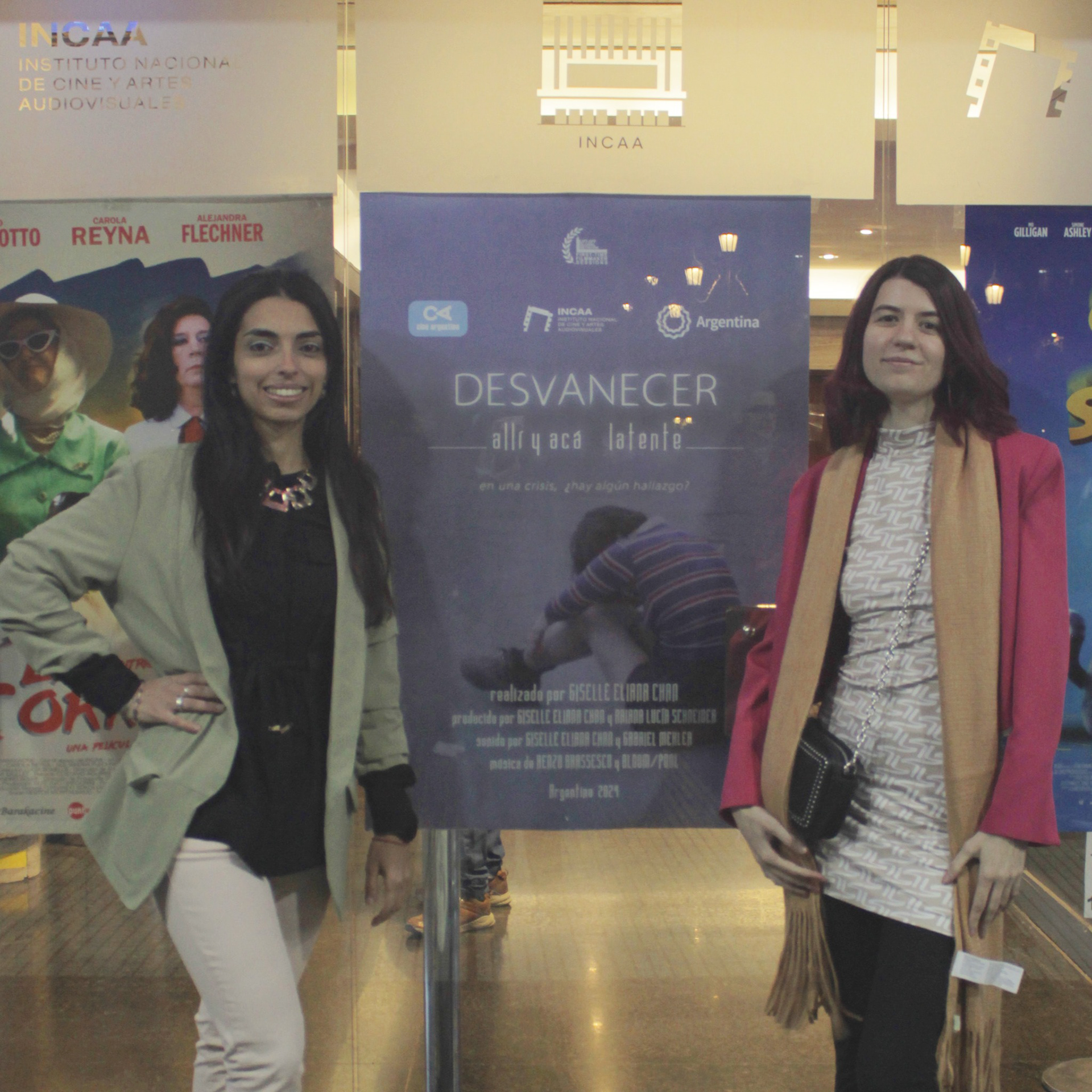
Declared of Cultural Interest by
the Honorable Chamber of Deputies of
the National Congress of the Argentine Republic
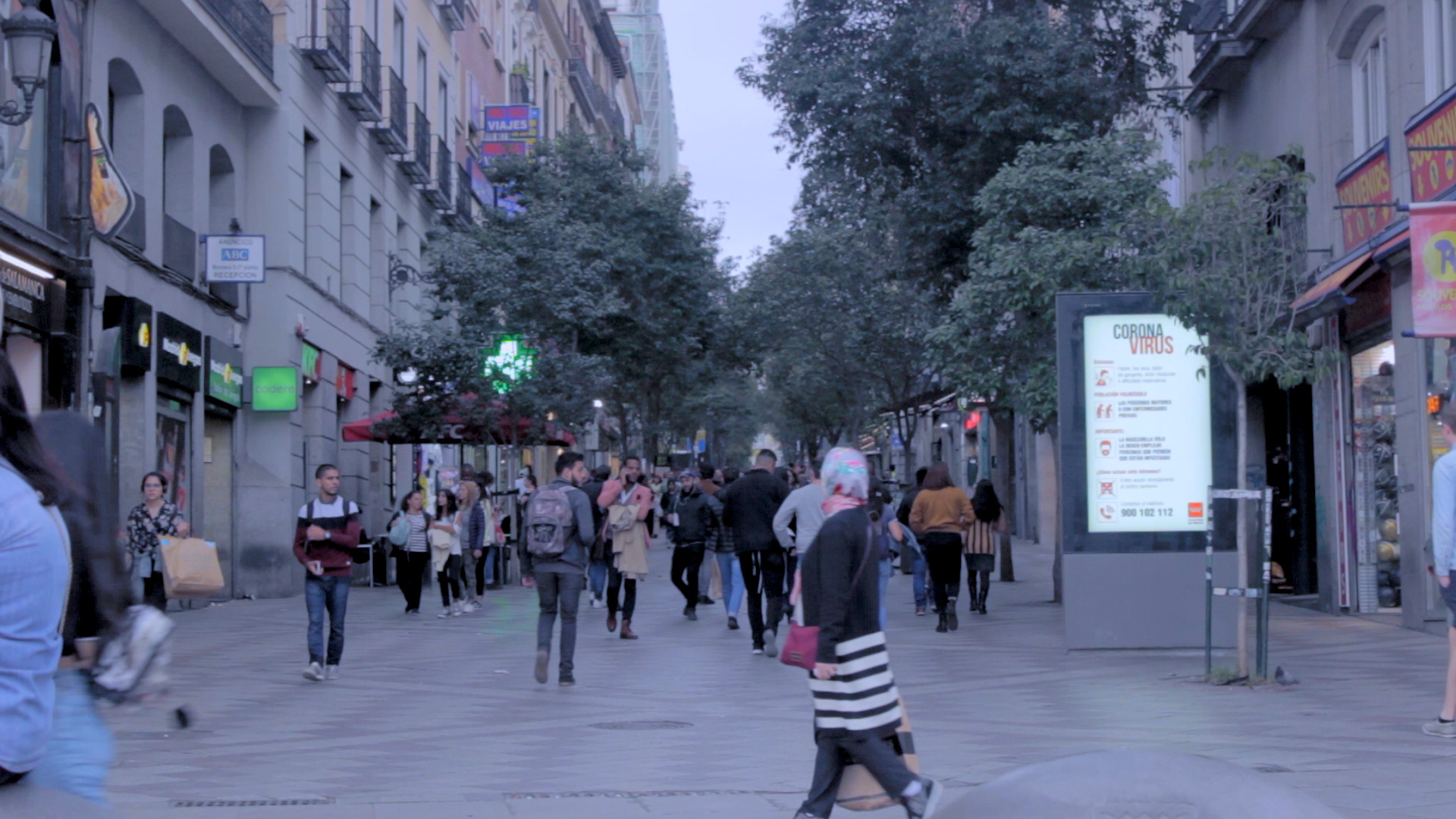

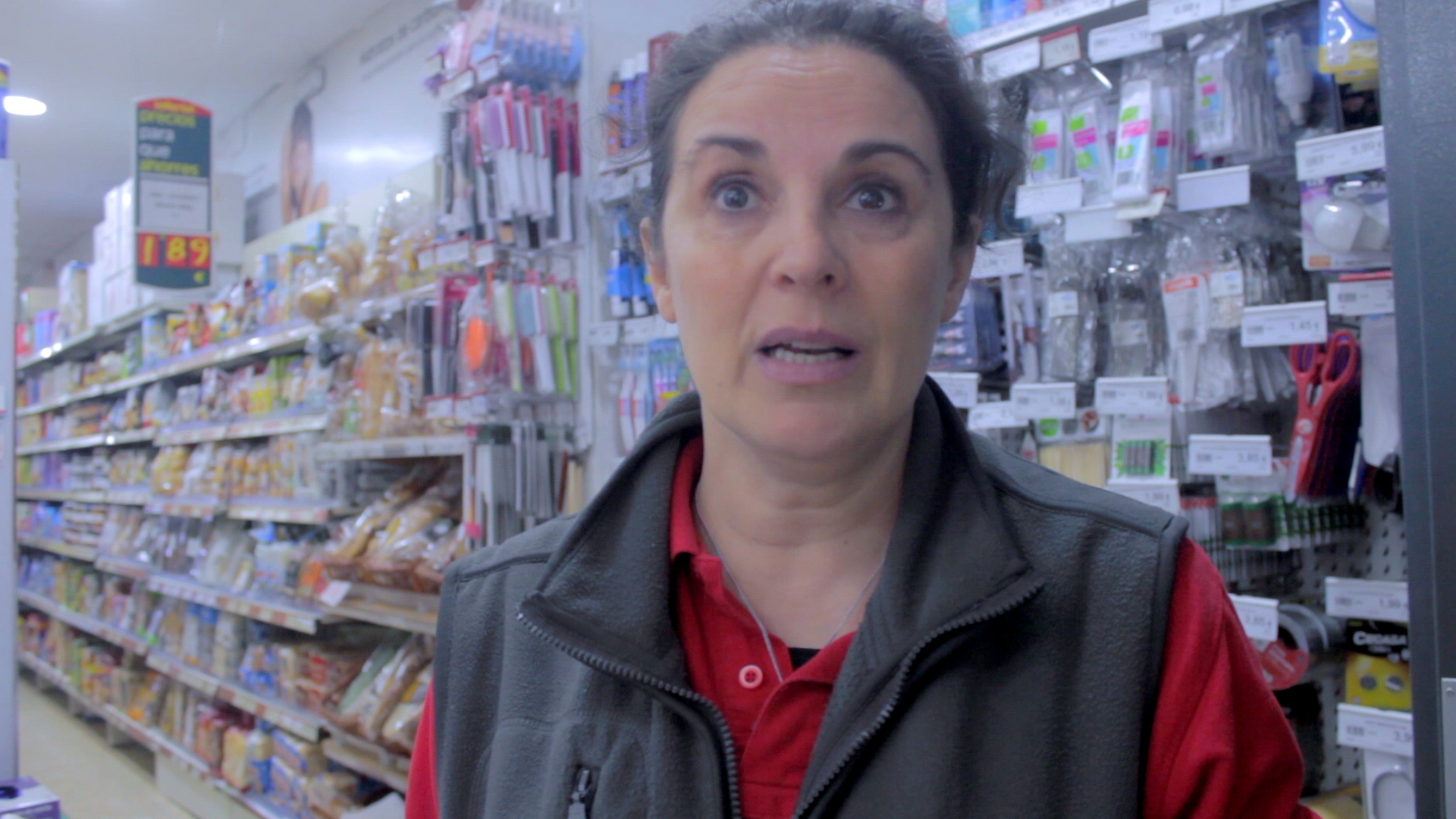
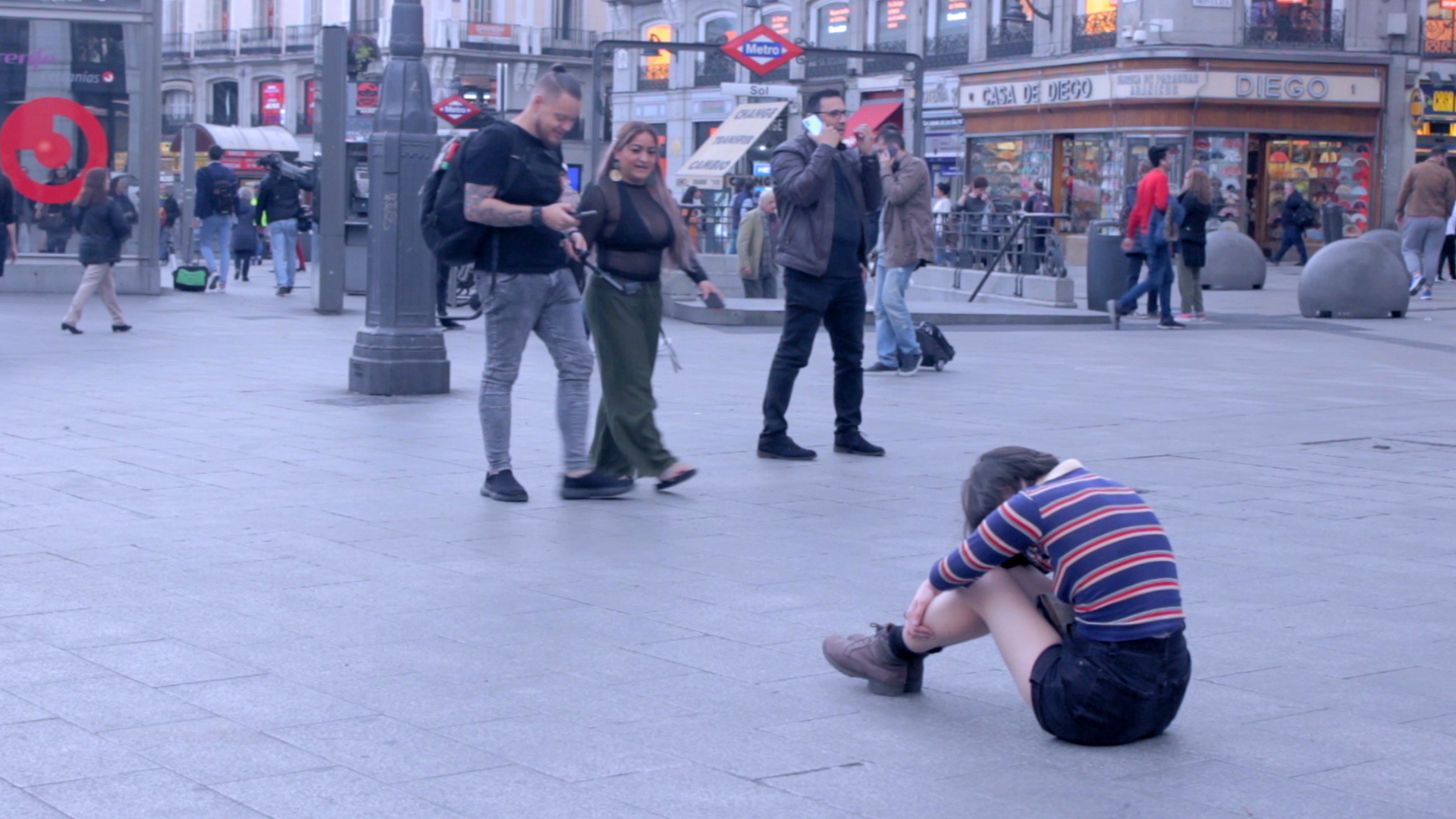

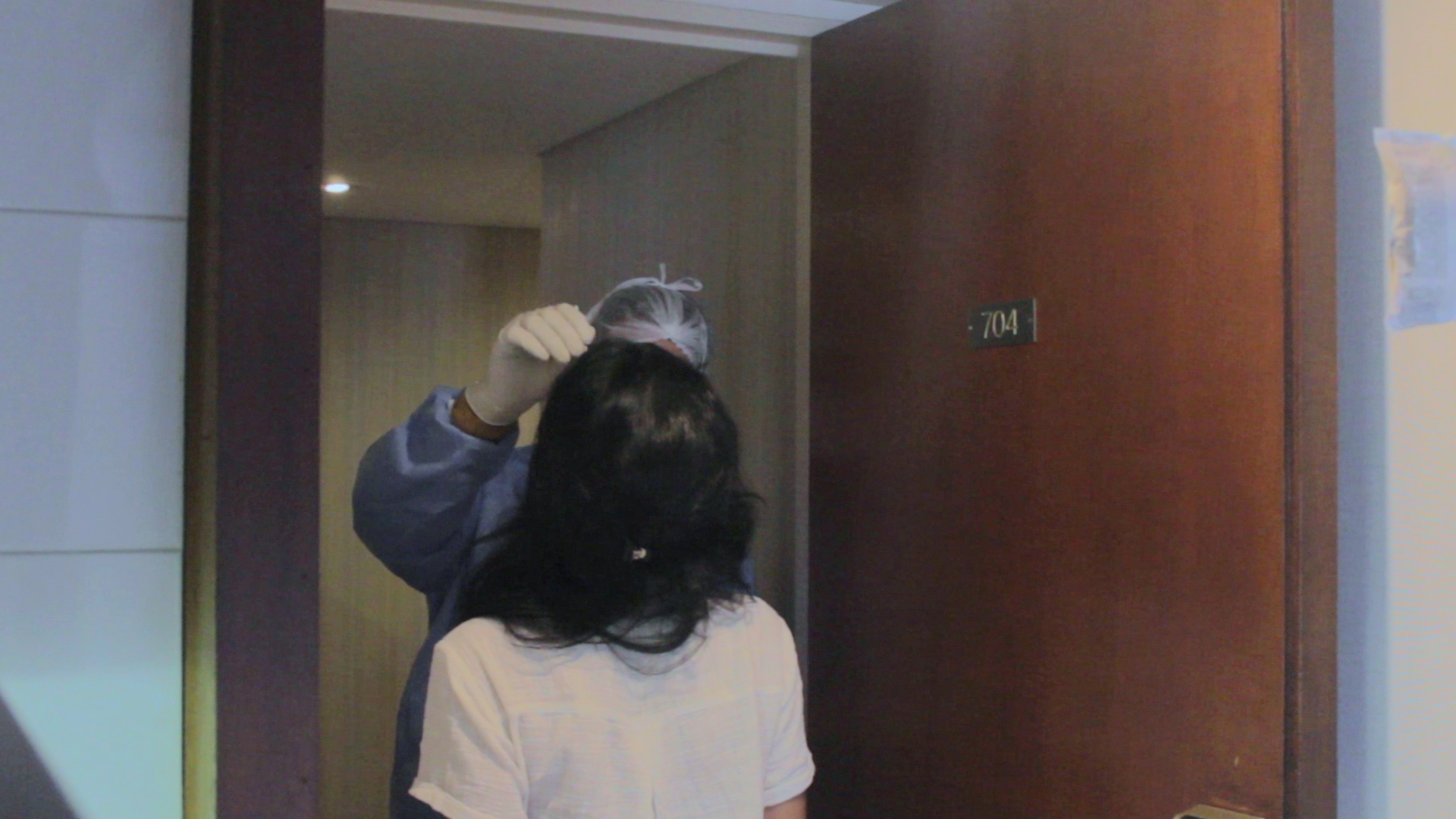
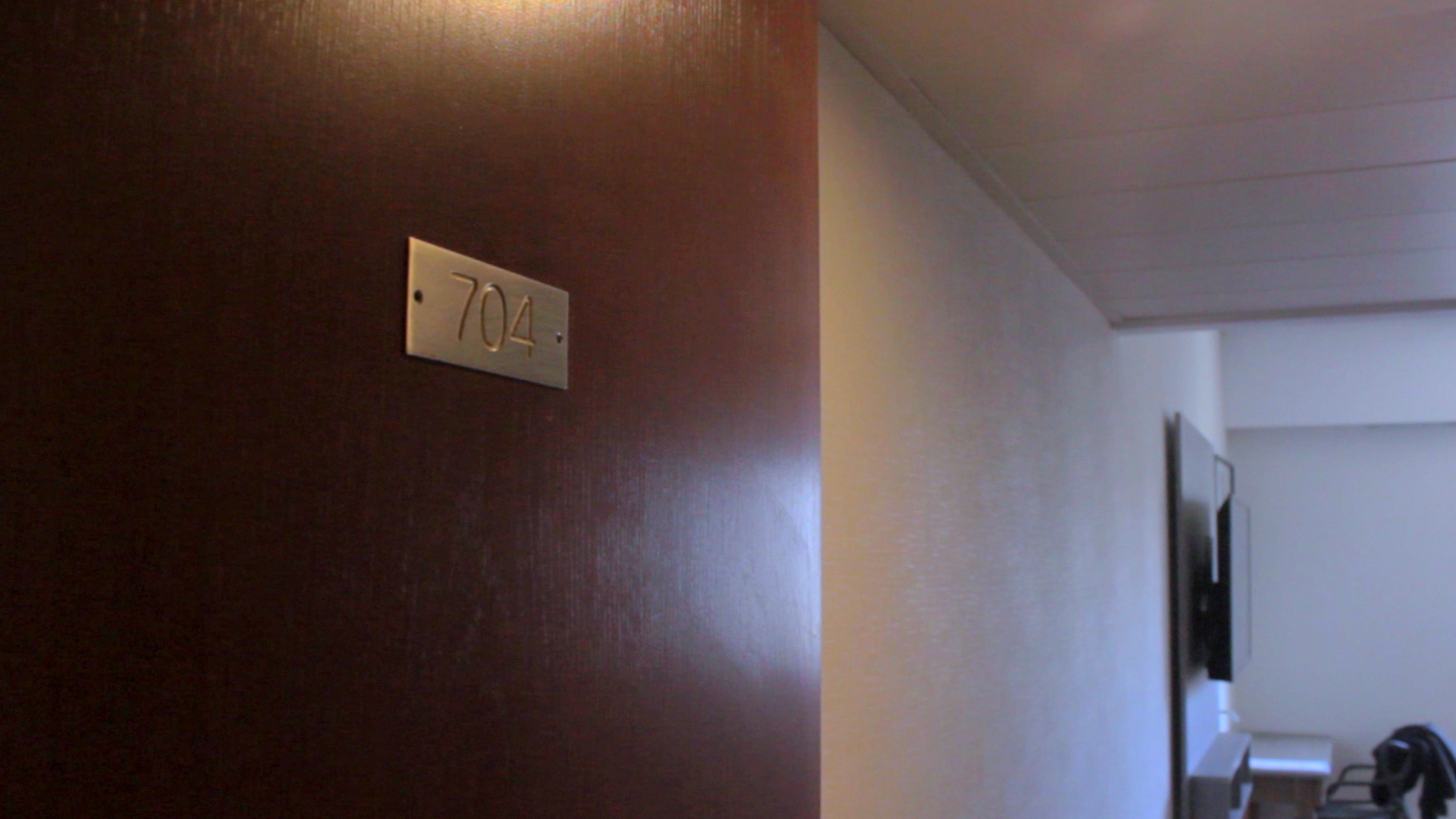
Plot summary
An Argentine audiovisual designer travels to Madrid on February 29th, 2020 to submit her short film ‘Lapse, a waiting’ at the IN-SONORA 11 Festival. After visiting family in Galicia and Talavera de la Reina, she goes to Madrid where she has scheduled the Festival presentations, a meeting to submit another virtual reality project and other meetings with directors. During the lapse of these days, the outbreak of COVID-19 is unleashed in Madrid, starting with the closure of schools, events with big crowds, cinemas, theaters, even the Festival. Facing this situation, the
filmmaker decides to film the outdoor spaces such as streets, avenues, parks, tourist and historical points, from an observational point of view involving the viewer as a witness of this context. This is how she decides to transform the trip, initially planned for her professional career, into an opportunity for a future film project. While she records those spaces that are gradually being emptied, she delves into the realities of locals through interviews, where the diversity of opinions about the virus, the quarantine, the crisis and the role assumed by the Government is revealed. As this multiplicity of realities of cashiers, waiters, trappedd foreign tourists, street performers and casual conversations in the streets becomes known, panic increases in society. The measures that will later become part of the ‘new normality’ are manifested, such as queues in supermarkets and pharmacies in the streets, the use of masks and plastic gloves, the social distancing, the restriction of the use of public transport, and a greater presence of police officers outside. The amount of people in the sreets decreases gradually, but paradoxically quickly.
filmmaker decides to film the outdoor spaces such as streets, avenues, parks, tourist and historical points, from an observational point of view involving the viewer as a witness of this context. This is how she decides to transform the trip, initially planned for her professional career, into an opportunity for a future film project. While she records those spaces that are gradually being emptied, she delves into the realities of locals through interviews, where the diversity of opinions about the virus, the quarantine, the crisis and the role assumed by the Government is revealed. As this multiplicity of realities of cashiers, waiters, trappedd foreign tourists, street performers and casual conversations in the streets becomes known, panic increases in society. The measures that will later become part of the ‘new normality’ are manifested, such as queues in supermarkets and pharmacies in the streets, the use of masks and plastic gloves, the social distancing, the restriction of the use of public transport, and a greater presence of police officers outside. The amount of people in the sreets decreases gradually, but paradoxically quickly.
A culminating point is reached when the State of Alarm is decreed throughout Spain, which forces citizens to leave their homes only to buy food, medicines, and walk down their pets. In this way, institutions, shops, bars, restaurants, and hotels are permanently closed. In full uncertainty, the increasingly empty streets are walked by few people, tourists returning to their countries, television reporters and police officers. Being trapped, the filmmaker manages to travel to Talavera de la Reina where she reunites with her family and stays with them until she has news about her flight back to Argentina. She continues filming the daily life in the streets, increasingly limited, and she mainly keeps track society. To go out to the balconies at 8 pm aplaudding in recognition of the effort and work of the health personnel of Spain becomes a habit. A tribute that, as more days pass, will also recognize the work of the police and essential workers who are exposed. These tributes show a large sector of society that sings, plays music, dances, sets up lights on balconies, plays ‘I spy’ and bingo to face the situation; it becomes a nightly neighbourhood ‘party’ that connects the neighbours with each other. This happens not only in Spain, but it is later spread to various countries in the rest of the world.
The queues for supermarkets and essential stores continue, noticing that people are getting used to this new daily life. The role of the forces, the military, the civil guard, and the police, is intensifying since some citizens don’t respect them. The few people who circulate in the streets do so by their own, carrying food or walking down their pets.
The filmmaker begins her return: she travels from Talavera de la Reina to Madrid’s center and then to Barajas Airport. That is the farewell of her trip, the farewell of a city already deserted at this point, like all other big cities in the world. The airport is another space where the desert and empty environment is noticeable, in which only repatriation flights operate. The passengers of the Argentine flight seem tired and they look forward to returning to their homes. The flight crew of Aerolineas Argentinas, in this context, is also honored with an emotional applause by the passengers.
This is the way in which, the filmmaker achieves to be repatriated to Argentina, where, upon arriving at Buenos Aires, she must remain in an isolated hotel to carry out the preventive and mandatory quarantine stated by the Government. She is transferred to a room where, one more time, she must, live with the confinement, but this time in a solitary way. With this plot twist, the feature film also undergoes a formal twist: the filmmaker goes from having adopted an observational point of view from the third person behind the camera to being the protagonist in first person standing in front of it. Her day-to-day life of this quarantine and the activities she does at different times are observed. This includes, daily things such as receiving meals, cleaning, recreational activities; and on the other hand, typical situations of this context such as video calls, conversations with passengers from other rooms, conversations with the hotel volunteers, even the swabbing carried out by the doctors.
Finally, she is discharged to leave the hotel without having the result of the swabbing. This is the moment in which she thinks about what she has been trough and experienced during the trip. She comes up to the conclusion that, although her expectations and dreams faded away, she collected unique learnings and experiences to put them into her first feature film.
Statement
Fade away.
From white to black.
Or maybe the other way around. It is displayed at the beginning as a flashforward of what will happen. It is observed during the film in a dilated way in gray scale. It shines towards the end in a liberating way.
Although it is divided by country, the first part in Spain and the second one in Argentina, it is not about limits or borders because the 2020 pandemic is affecting the entire society. It is about the fading of idealized expectations, the dissolution of hopes for this new decade.
Everything fades away.
This movement is particular: we don’t see it starting, maybe nor ending neither, we are aware of that once it has started and we are paralyzed, even if it has been latent.
However, something can be generated from that crisis if it is built.
It doesn’t have to be extraordinary, it is simple: to revalue what one owns.
Motivation
Currently I want to develop, finalize and broadcast my own projects, letting them to be personal from an innovative perspective; because that is what is currently lacking in the market: a project’s identity. My point of view, what I lived in the past and live in the present, the actions and circles that surround me, is what I propose as inspiration to create something original, something of my own, from which my documentary is made of. In this case, it absolutely coincides with the personal sphere, because it is my unexpected experience during the trip and later return. When I was about to travel I assumed that not only I would have the presentations and meetings already planned, but I would also have the opportunity to project a future in Spain. However, I found an absolutely different scene from one day to the next one. Being already in Madrid, I began to feel from joy and anxiety to disappointment and hopelessness. At that moment I realized myself that to carry on that I only needed one spark: the motivation of filming and creating a new project. From that moment on, that spark remains lit, intact, motivated to materialize this project. This is how I tried to visualize a discovery in the middle of a pandemic that can inspire other people. Therefore, it is a risky feature film considering its context; which brings me back to the phrase that Werner Herzog once said, and manifested in many ways during his career, about filming against the tide, in a rush in risky places: "You can't calculate all the risks, so you better do things right prepared and somehow do your filming in a hurry and you better leave quickly”. This is the quote that starts the feature film.
The filming and editing of the documentary is what saved me emotionally during this period of confinement and isolation. That is why I feel the one indicated and it is essential for me to finalize my project to spread it to the public and let new sparks born in them.
At the same time, making national cinema motivates me to promote independent Argentine cinema, which is deeply affected by the current crisis.
My final ambition is the feature film to remain as an historical archive material in the social imaginary of the City of Buenos Aires, Madrid, and the great cities of the world that were affected by the quarantine, the crisis and the pandemic of 2020.
